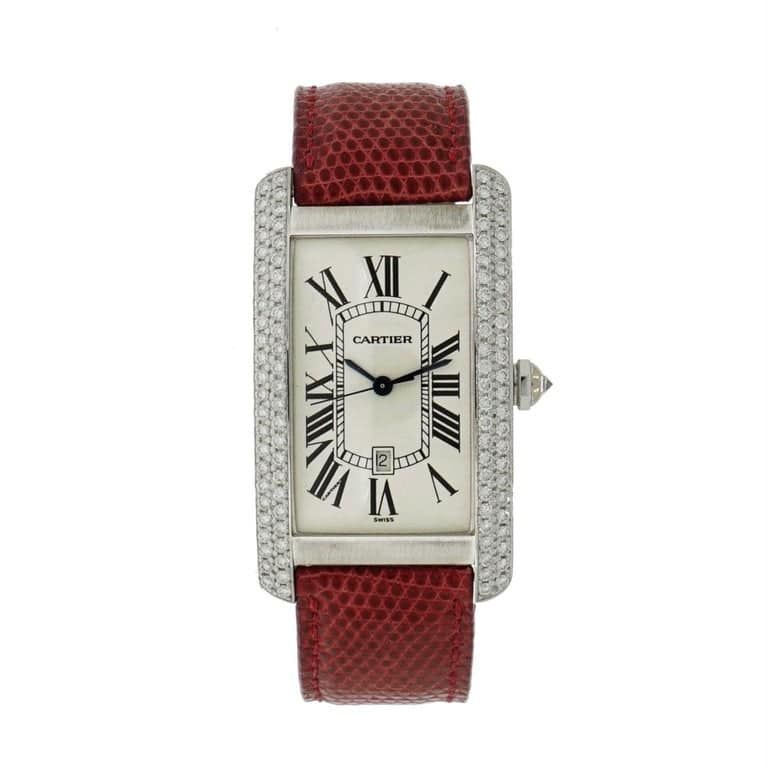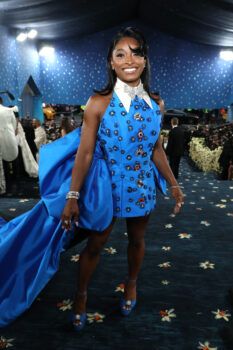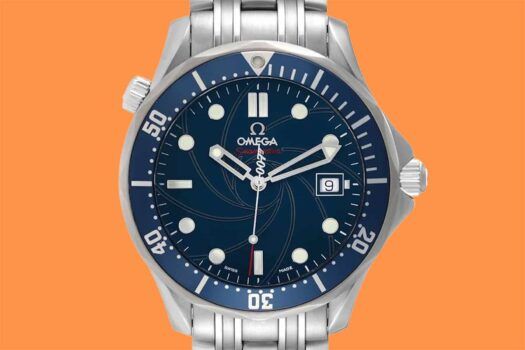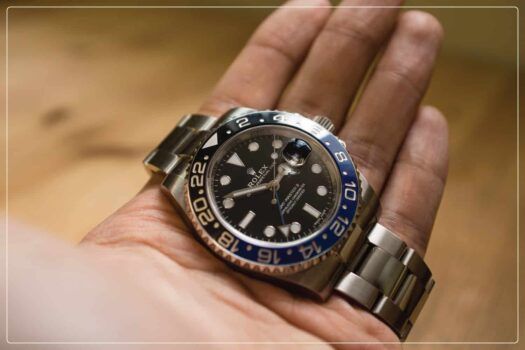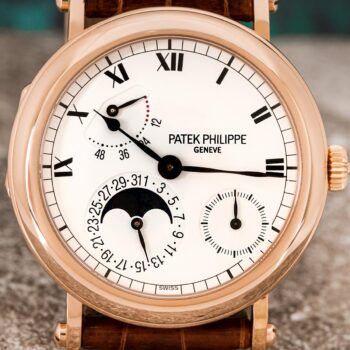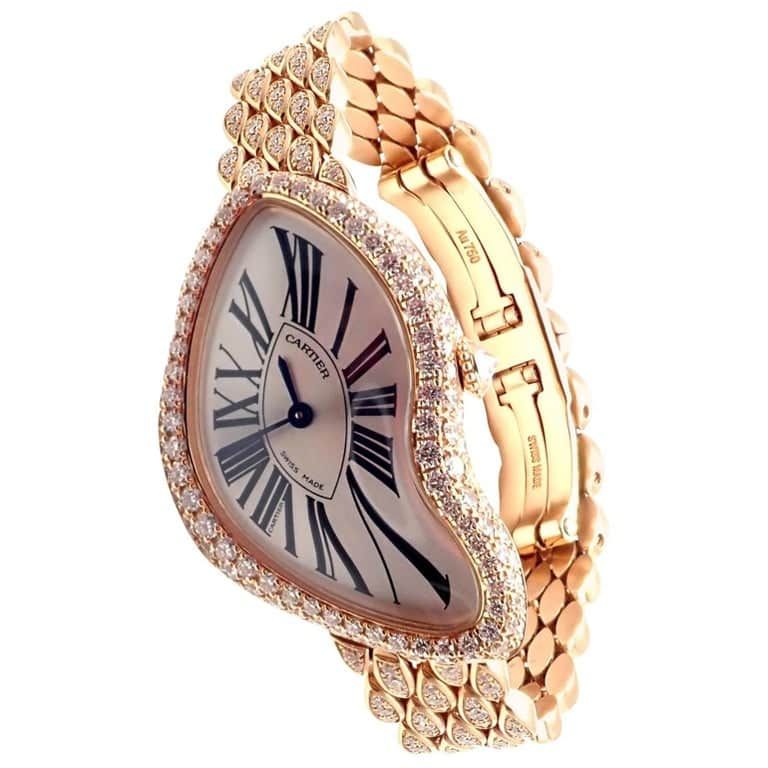
It’s probably not a shock that the majority of wristwatches on the market are round. But every now and then, more unusual — and exciting — shapes pique our curiosity. Called shaped or form watches, catchall terms for any non-round models, these less-common designs run the geometrical gamut from square and rectangular to barrel, cushion, oval, trapezoidal or completely asymmetrical.
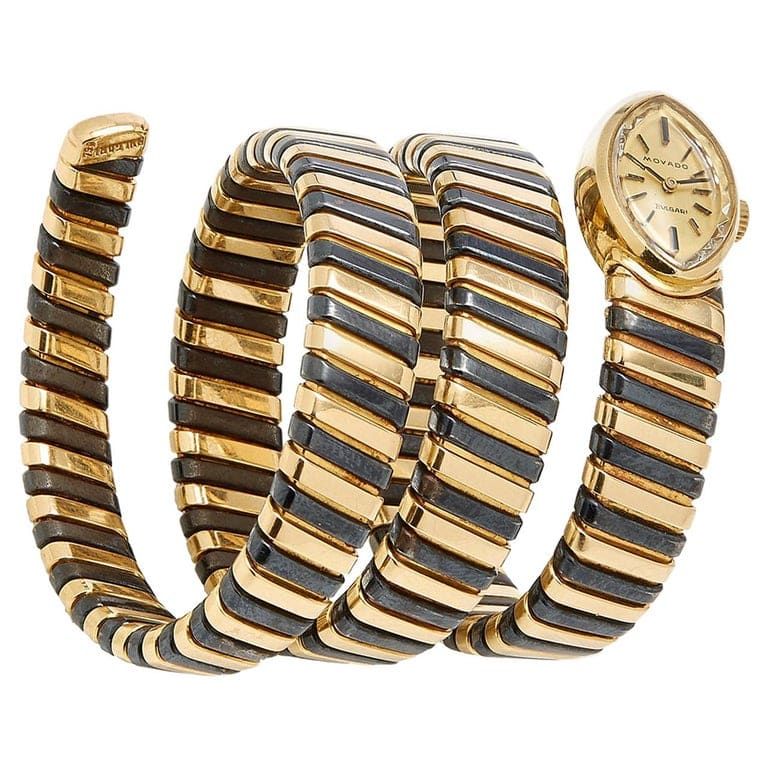
Over the years, watch blogs and the fashion press have hinted at the rising profile of non-round watch shapes, offering as proof critics’ darlings like the eight-sided Bulgari Octo Finissimo (which also earns kudos for being one of the world’s thinnest models) and the Laurent Ferrier Bridge One. The latter, with its rectangular case rounded along the top and bottom edges, is an unexpected departure from the brand’s signature cushion-shaped references.
Is this desire for something different, something eye-catching, a new vogue or a deeper, more abiding undercurrent in the marketplace — and our psyches?
John Cormier, CEO of WatchFacts, based in Miami, doesn’t see the yen for the nontraditional as new.
He notes that the tonneau, or barrel shape, has had a dedicated following for decades.
“Franck Muller kicked this off a long time ago,” he says, citing Muller’s wildly inventive designs, housed in distinctive tonneau cases, which put him at the vanguard of high-end watchmaking in the 1990s.
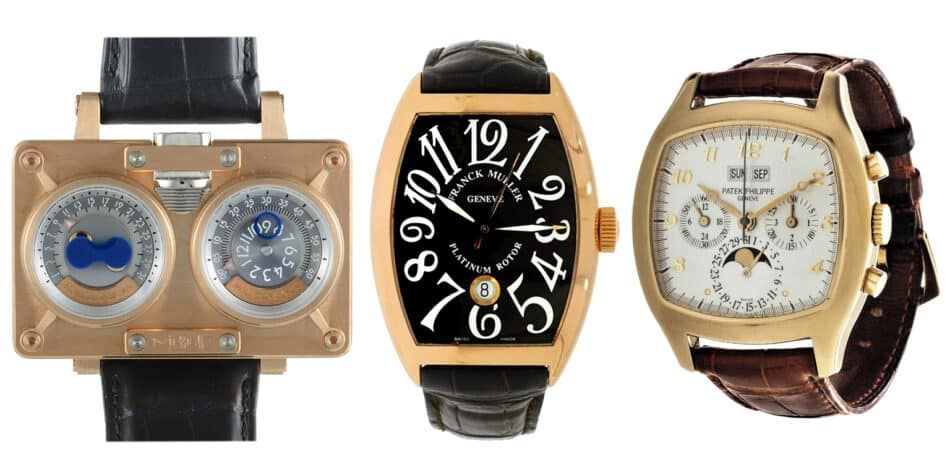
Cormier actually credits Richard Mille, however, with making “the non-round watch hot.” Mille’s bold, colorful tonneau watches “drew attention to the style,” Cormier says. Many brands have since followed in Mille’s footsteps, he adds, “trying to create something a little different.”
Rob Weintraub, manager of Manfredi Jewels, in Greenwich, Connecticut, ties the buzz around form watches to the industry’s ongoing obsession with retro styles.
“There’s a big resurgence in vintage watches,” he observes. “Especially in the late ’60s and the ’70s, there were a lot of watches that were not specifically round but more of a tonneau shape, more of a square shape. There were TV-shaped watches that were popular.”
Cartier and the History of Nontraditional Watch Shapes
According to Chris Kleanthous, of London’s Kleanthous Antiques, the penchant for novel silhouettes dates back even further — to the creation of the wristwatch itself.
“If you look back at the history of the wristwatch, which launched around 1900, it did not take long before innovators in the watch-manufacturing industry looked for alternatives to round cases to arouse interest and whet the appetite of the consumer,” he says, pointing specifically to the house of Cartier.
Cartier, in fact, has likely done more than any other company to foster the reputation of shaped watches as modern, groundbreaking and ruggedly individualist. In 1904, Louis Cartier designed what was arguably the first proper men’s wristwatch, the square-cased Santos, for early aviator Alberto Santos-Dumont. He went on to create the Cartier Tonneau, the tortoise-inspired Tortue and perhaps the most iconic form watch of all, the Tank, influenced by the latest advances in military technology.
The Companies Bringing Shaped Cases to Sport Watches
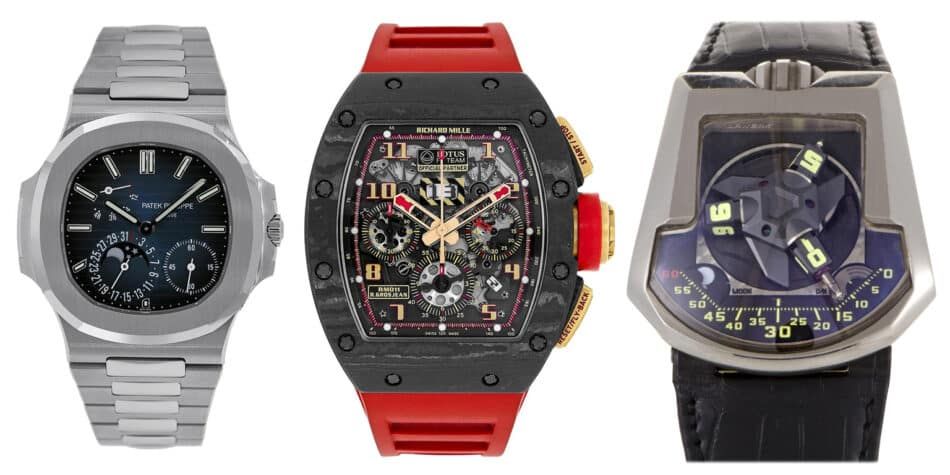
Among sports models, the taste for shaped watches is driven by Patek Philippe and Audemars Piguet, say Cormier and Weintraub. “The biggest one is the Patek Philippe Nautilus, which is in great demand right now,” notes Weintraub. Although it’s technically an octagonal design, derived from a ship’s porthole, Weintraub describes its configuration as “sort of a rounded square.”
“The other Patek Philippe that people love is the Aquanaut, which is also squarish,” he adds.
“Patek and AP nailed the market when they came out with the Nautilus and the Royal Oak Offshore,” says Cormier. He ranks the Nautilus 5712 as one of his personal favorites. “I wear mine with shorts or with a suit or business casual. It just goes with everything.”
How to Match a Watch with Your Personal Style
Of course, how and why you wear your watch are major factors when it comes to choosing a shape. An unusual wristwatch can enhance your personal style. “I think we all like a little bit of variety,” says Weintraub. “What’s your outfit today? What’s your mood today? I look in my watch box, and I’m going to pick something that maybe I want to be a little different today. Maybe I don’t want to be classic. Maybe I’m wearing something that’s a little more avant-garde, or I’m wearing something, as far as fashion goes, very conservative, but I want to add a little pop, so I’m going to wear my shaped watch.”
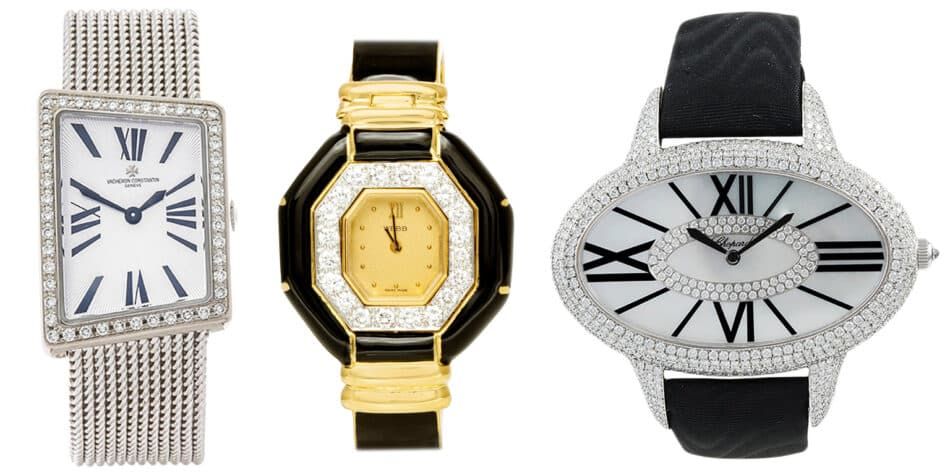
Kleanthous says it’s useful to have some wardrobe options on hand. “A watch is one of the very few jewels that a man can wear, apart from cufflinks and rings. It is therefore advantageous to be in a position to ring the changes, whether you are a collector of watches or not.”
After all, variety is the spice of life. “Round is always going to be the main focus,” Weintraub acknowledges. “But it is nice to have a little bit of variety in your collection. If it speaks to you.”
